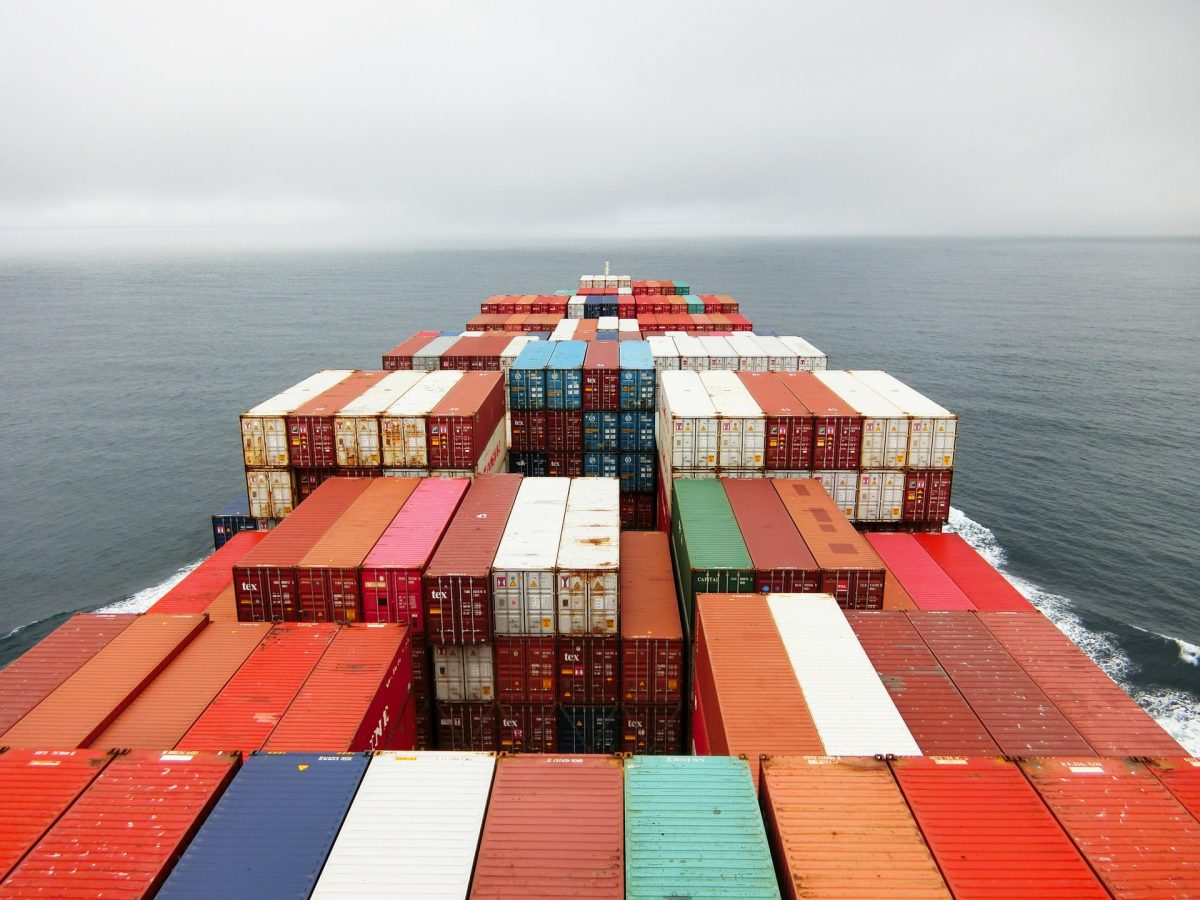How technology can help fight fires on container ships
03/11/2022Container shipping has seen a number of recent high-profile fire incidents and Safetytech Accelerator has been exploring technological solutions to tackle such infernos.
Speaking at Safety4Sea’s recent virtual forum, Safetytech Accelerator’s Head of Maritime Engagement, Rich McLoughlin suggested that technology can be deployed to nip fires in the bud.
Citing thermal imaging and visual analytics, battery-less sensors, linear heat detectors as possible technological tools, McLoughlin said, “The technologies around thermal imaging and visual analytics are looking at early fire detection to allow crew to respond. Where could that technology be used? Is it suitable? Could we apply these technologies that are used elsewhere within cargo holds, within the areas around the container structures?
“Are we able to use self-configuring networks, perhaps linking with sensors in a container so we get that early pinpointing of temperature rise or emissions of smoke? We’ve done some studies on this and certainly, it’s an area that we think we can prove to be able to get a more rapid response to deal with a container fire within a cargo hold or in a stacked structure.”
Safetytech Accelerator, established by Lloyd’s Register, is passionate about the role of technology in increasing safety and decreasing risk in industry.
Currently, Safetytech Accelerator is engaging with the industry on the use of safety technologies undertaking searches, working with clients on fire safety challenges, and planning a broader initiative to tackle container ship fires.
Container ships are now larger than ever before and this, according to McLoughlin, presents a firefighting challenge because of the scale of losses that can occur in cargo fires.
McLoughlin continued, “The onboard equipment may not necessarily be suitable for dealing with large fires and limiting fire propagation without which there is the potential for stack collapse. Having the right equipment and trained personnel onboard, ready to respond and contain fires is an area where there can be improvement. We really do see that technology has a role to play in early fire detection and the firefighting approach used to restrict damage and prevent total loss of the vessel.”
Drones that could detect hotspots and monitor fires in real time, as well as robots and exo-skeletons are other technological applications that can potentially help in extinguishing fires onboard.
McLoughlin theorized that drones could offer a rapid understanding of the scene, pinpoint the location and extent of the fire.
“That hotspot location may shift during a fire and the awareness of where to redirect efforts, depending on the conditions, has again, to be monitored via drones. Drones also can carry payload, whether it’s a VHF radio or something larger to assist with firefighting efforts,” said McLoughlin.
Augmented reality, with communication from firefighters and shore-based experts, supported by real-time data and actions from drones and sensors on board the ships, could also help the seafarers to control the fire.
Technology, particularly robots, can also minimise the safety risks for firefighters who may have to navigate around stacked containers.
McLoughlin explained, “Collaborative robots could perhaps help firefighters move their equipment that is around the space and this equipment may increase in size. If we’re thinking about getting the firefighting medium higher up or farther across, distancing the firefighters from the fire, the use of exo-skeletons could potentially assist firefighters to operate larger and more powerful equipment.”
See the full video recording of Rich McLoughlin discussing loss prevention and cargo fire at this SAFETY4SEA virtual event – Go to 3:54:00 to find it.
You can find more information about our work regarding cargo fires here.

